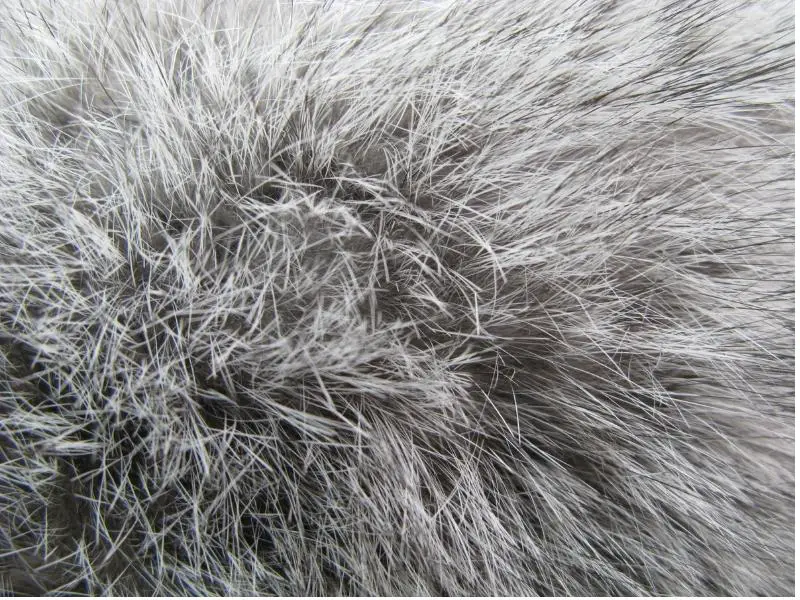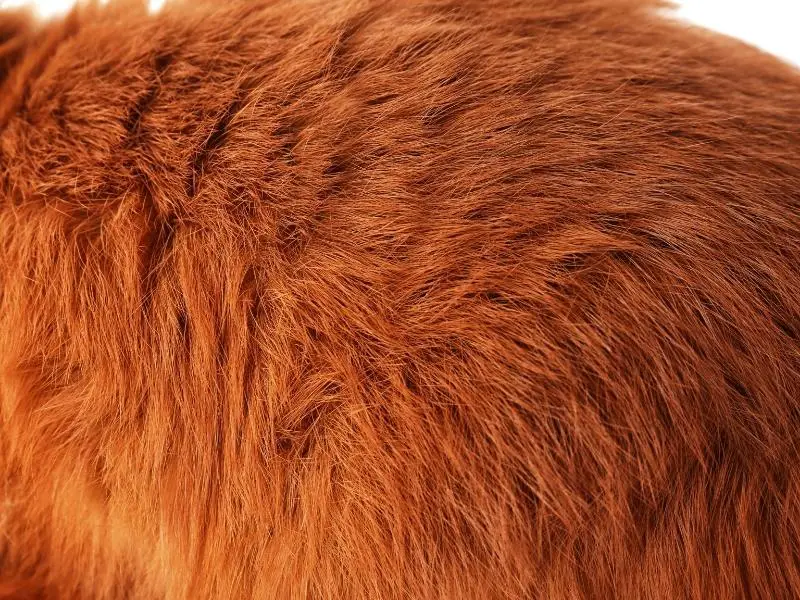Seeing tufts of rabbit fur all over your floor and the inside of the rabbit hutch or cage? Tired of cleaning it up? Wondering if your rabbit is shedding, and for that matter, do rabbits shed?
Rabbits shed. The process of a rabbit shedding its fur is called molting. A rabbit sheds their first coat when they are around 5 months old, and this is a transitional coat. Adult rabbits have two big and two small shedding seasons every year. However, your indoor rabbit may shed all year round.
Let’s learn more about why rabbits shed, how bad the shedding is, and how you can reduce your rabbit’s shedding.
Why Do Rabbits Shed?
Like other animals, rabbits molt or shed their coat so new hair can grow. The reason rabbits shed is so they can have a thicker, warmer coat for the cold winter months to keep them warm and a thinner, shorter coat that’s cooler for the warm summer months.
The biggest molting seasons are in fall and spring. In fall, rabbits shed their summer coat to grow warm winter coats over a period of a few weeks. And in spring, the same happens, except that rabbits lose their thick coat to grow a less dense coat for summer.
Thus, their new fur coat will be appropriate in density and weight for the next season. With the appropriate fur coat, your bunny can regulate their body temperature so they don’t get hyperthermia or heat stroke.
The first time a rabbit shed is when they are around 5 months old. This transition molting happens so baby rabbits can shed their baby fur and grow adult rabbit fur.
How Bad Do Rabbits Shed?
How much rabbits shed depends on the time of year. The most fur your bun will shed is in spring when they lose their heavy winter coat.
When your rabbit goes through its big molts, you’ll see a lot of furs if your rabbit sheds quickly in a 2-week period.
If your bun takes longer to shed, like over 4 to 6 weeks, then you will deal with a steady loss of fur. There might be more fur in the middle of the molting season with less fur at the start and end.
If your rabbit stays indoors all or most of the time and doesn’t get any or much time in the sun, your bunny may shed all year round.
Is It Normal for Rabbits to Shed a Lot?
Normal is a relative term, so it is best to know what is considered normal shedding and when you need to worry and take your bun to the vet.
You’ll most likely notice your rabbit shedding during spring and fall, and they can shed a lot and even all of their coat in a short span of time. Or it can take longer – over a few weeks – so your bunny sheds more constantly.
Your rabbit will shed in a predictable pattern, starting with losing fur along their jaw and forehead. The bunny will then lose fur by their back and sides.
There are also times when a rabbit blows their coat. Coat blow doesn’t happen very often. A rabbit that blows its coat loses lots of its fur in one go. Your bun may then have bald patches all over its body.
It’s normal if their fur grows back in these patches within a few days, and the new hair is usually darker in color.
If the bald patches stay bald or are red and icky, your bunny is sick. Call your vet to schedule an appointment so your rabbit can get treatment.
Ways to Reduce Rabbit Shedding

You can’t prevent your rabbit from shedding but you can try to ensure there aren’t bits and pieces of fur all over your home during the shedding cycles. The following tips help you help your rabbit to shed quicker.
Tip 1: Get a Short-Haired Rabbit
One way to make sure there aren’t lots of furs all over your rabbit’s hutch, run, and your home during molting season is to opt for a short-haired rabbit.
Short-haired rabbits like the Rex breed sheds, but not as much as other long-haired rabbits.
Tip 2: Groom Your Rabbit
Regularly grooming your rabbit when they molt helps your bun go through this season of shedding faster.
Comb your rabbit with a rabbit-friendly, fine-toothed comb or brush every day to get rid of the fur they are shedding.
This also has the benefit of ensuring your bunny doesn’t develop complications or health problems when they molt. As they shed, rabbits groom themselves more, and so they may swallow a lot of hair. This can cause digestive issues that are painful for your bun.
Tip 3: Do a Wet Hand Rubdown
With combing, you can also pet your rabbit with slightly wet hands.
Rub your hands over your bunny. Any loose hair will stick to your wet hands.
To get rid of the hair sticking to your hand, rub them together until the fur clumps together, and then throw this away.
Repeat until no more loose fur sticks to your hands. You can do this daily.
Tip 4: Do Butt Plucking
It sounds gross, I know. But when you butt-pluck your rabbit, you pluck out loose hair while petting your bun. This helps your rabbit shed faster.
Butt plucking is helpful when your rabbit doesn’t like to be groomed.
What Months Do Rabbits Shed?
Rabbits generally shed every three months but there are two heavy shedding periods in fall and spring and then two smaller ones in between.
The specific months your rabbit sheds depend on where you live. When the weather starts to change from summer to fall and cools down, you can expect your bun to start shedding. Your rabbit will also start to molt when the temperature rises in spring.
So for example, the weather might get warmer in March and April, so that’s when your rabbit can start molting their winter coat. If the weather cools down around Halloween and November, then your rabbit sheds their summer coat to grow its thick winter coat.
The Final Shed
As a fur parent, it is essential to know that rabbits shed so you know what to expect. Help your bun shed faster so they don’t ingest a lot of furs, which can lead to painful health problems.
Related Articles:

